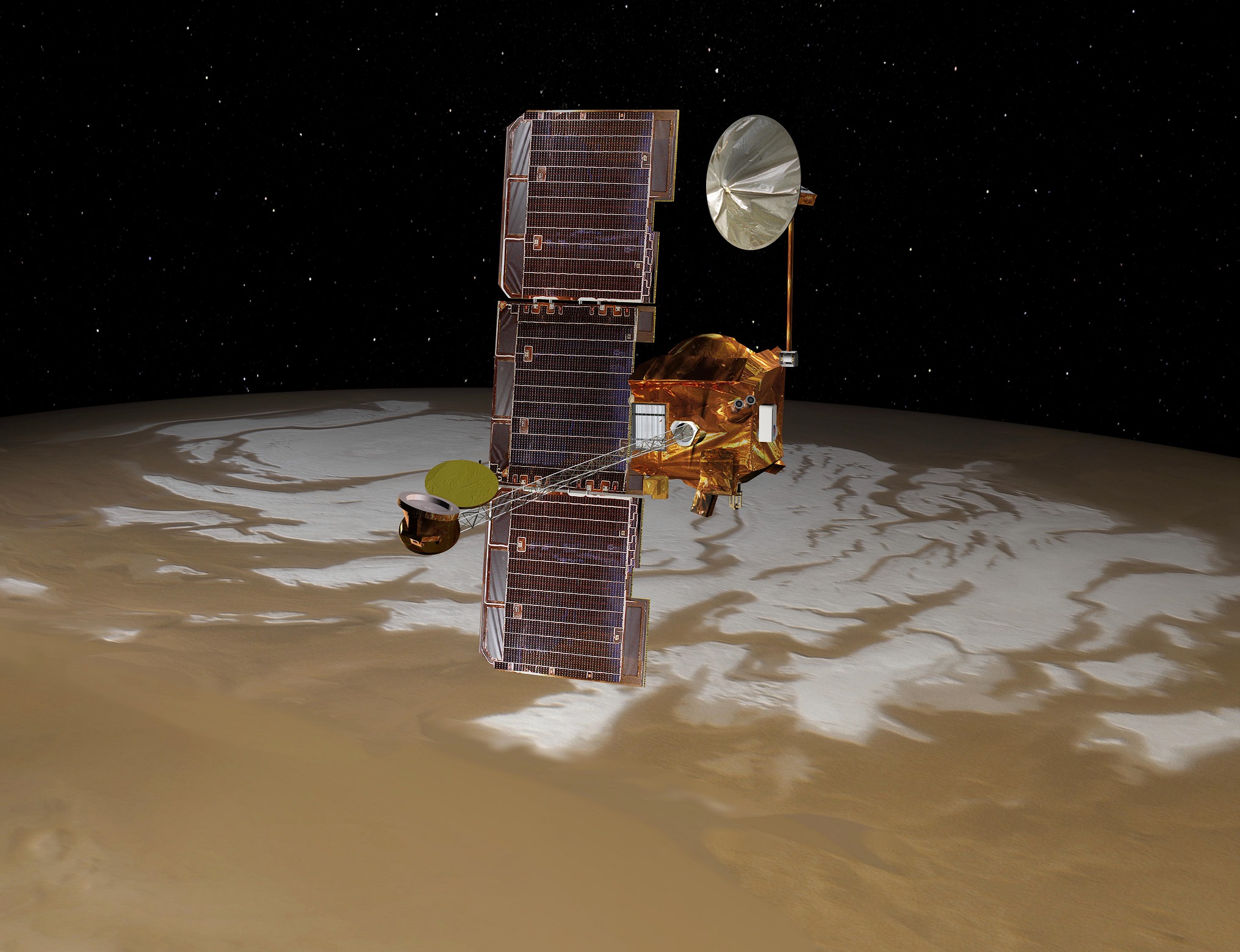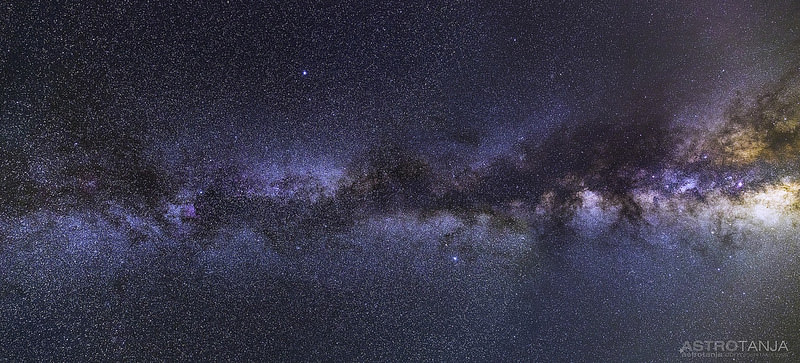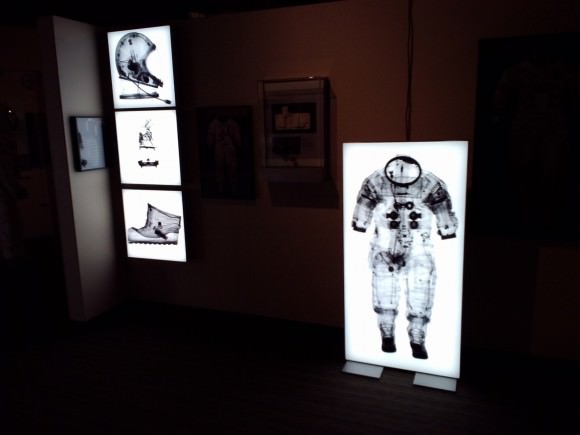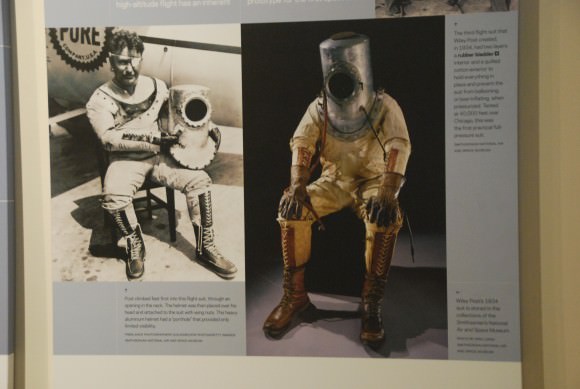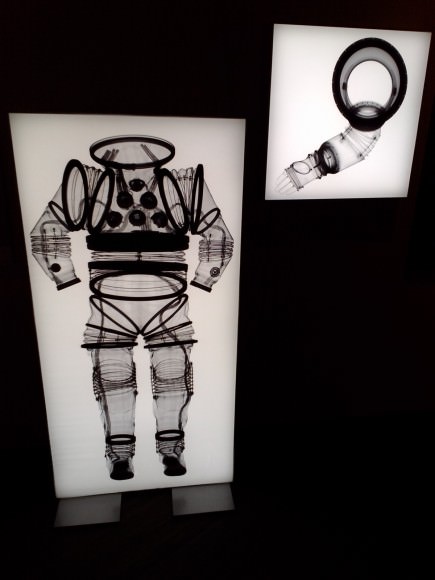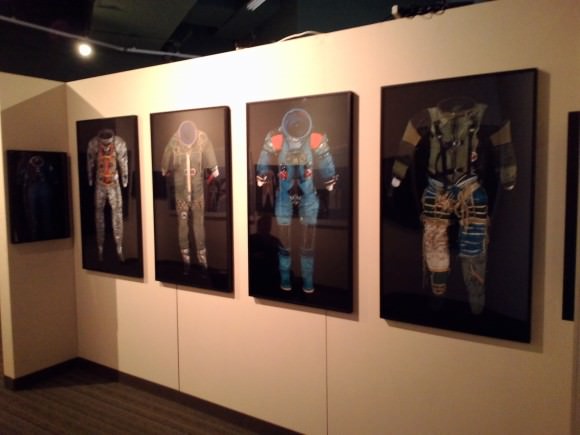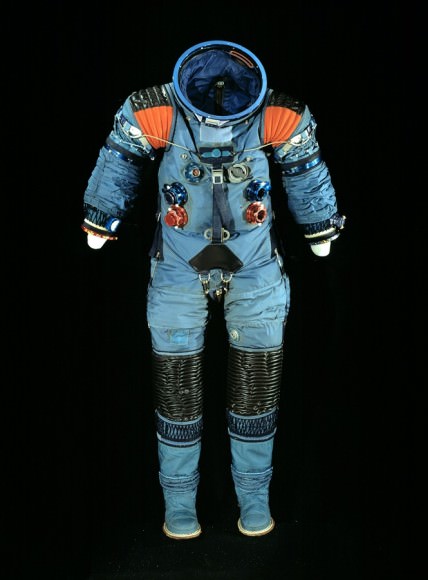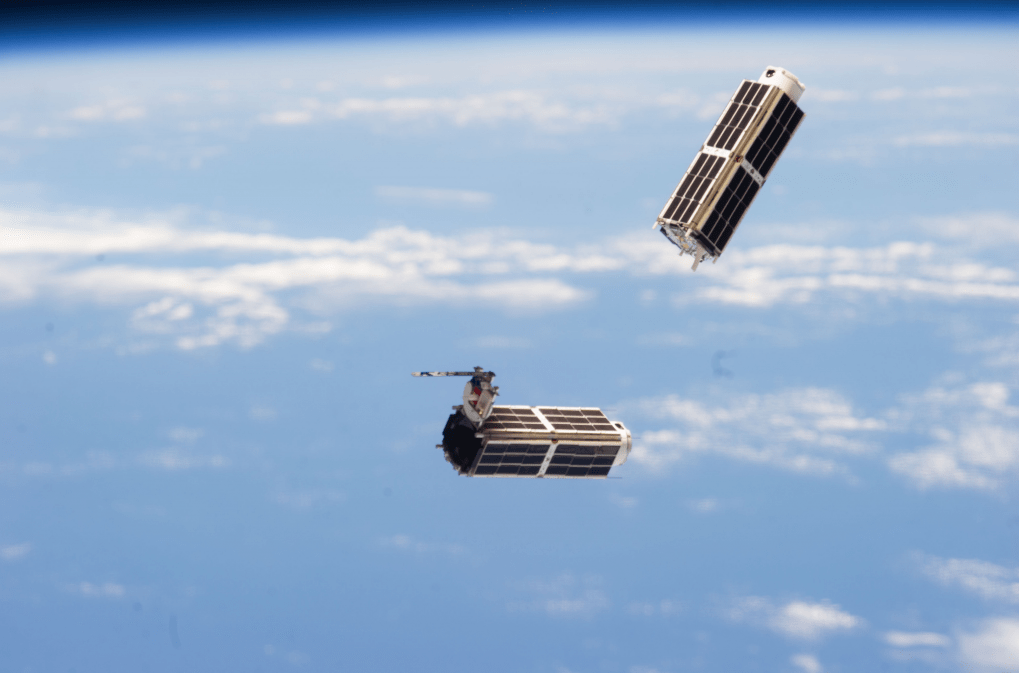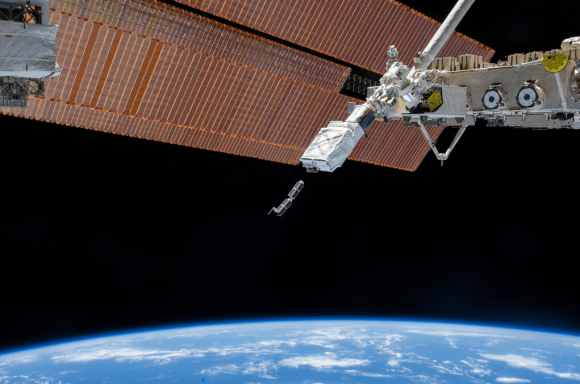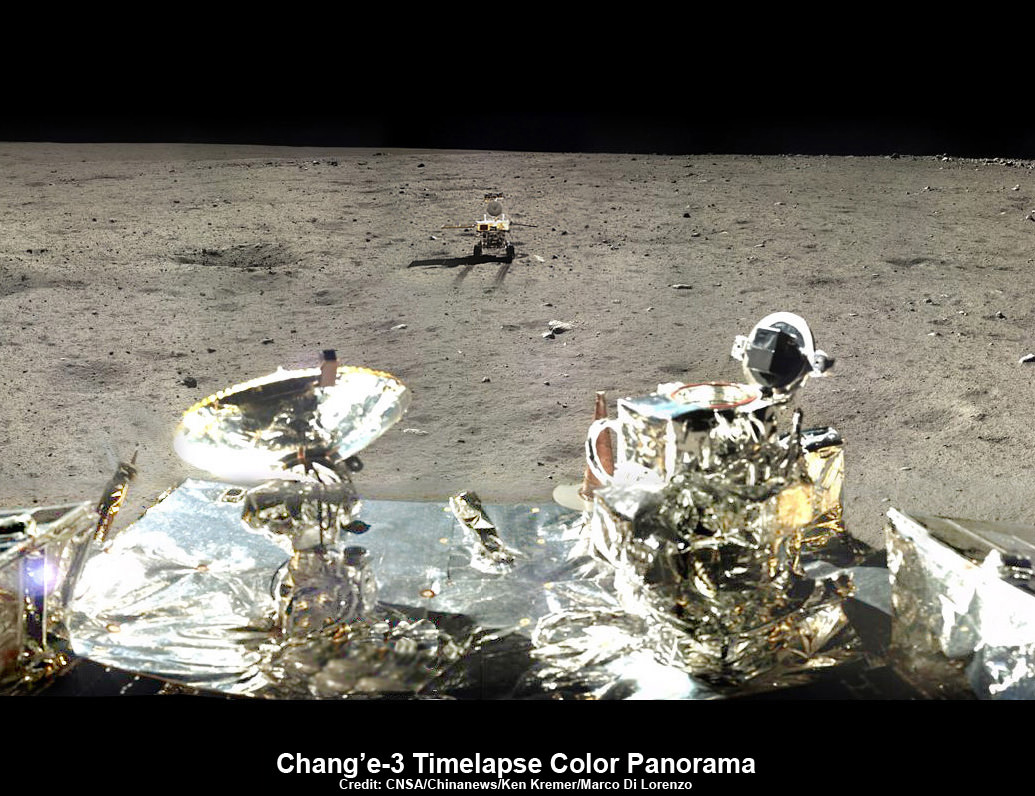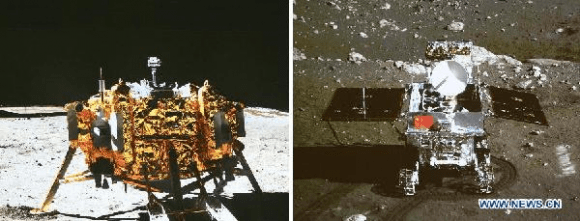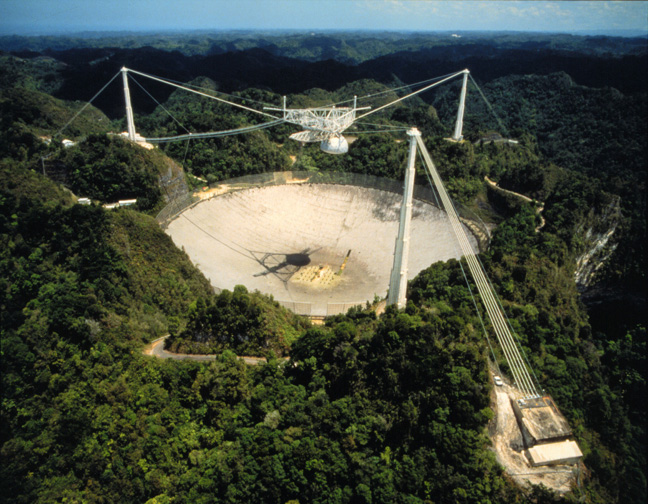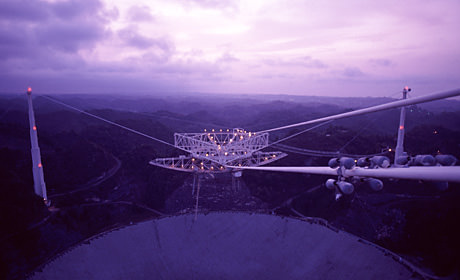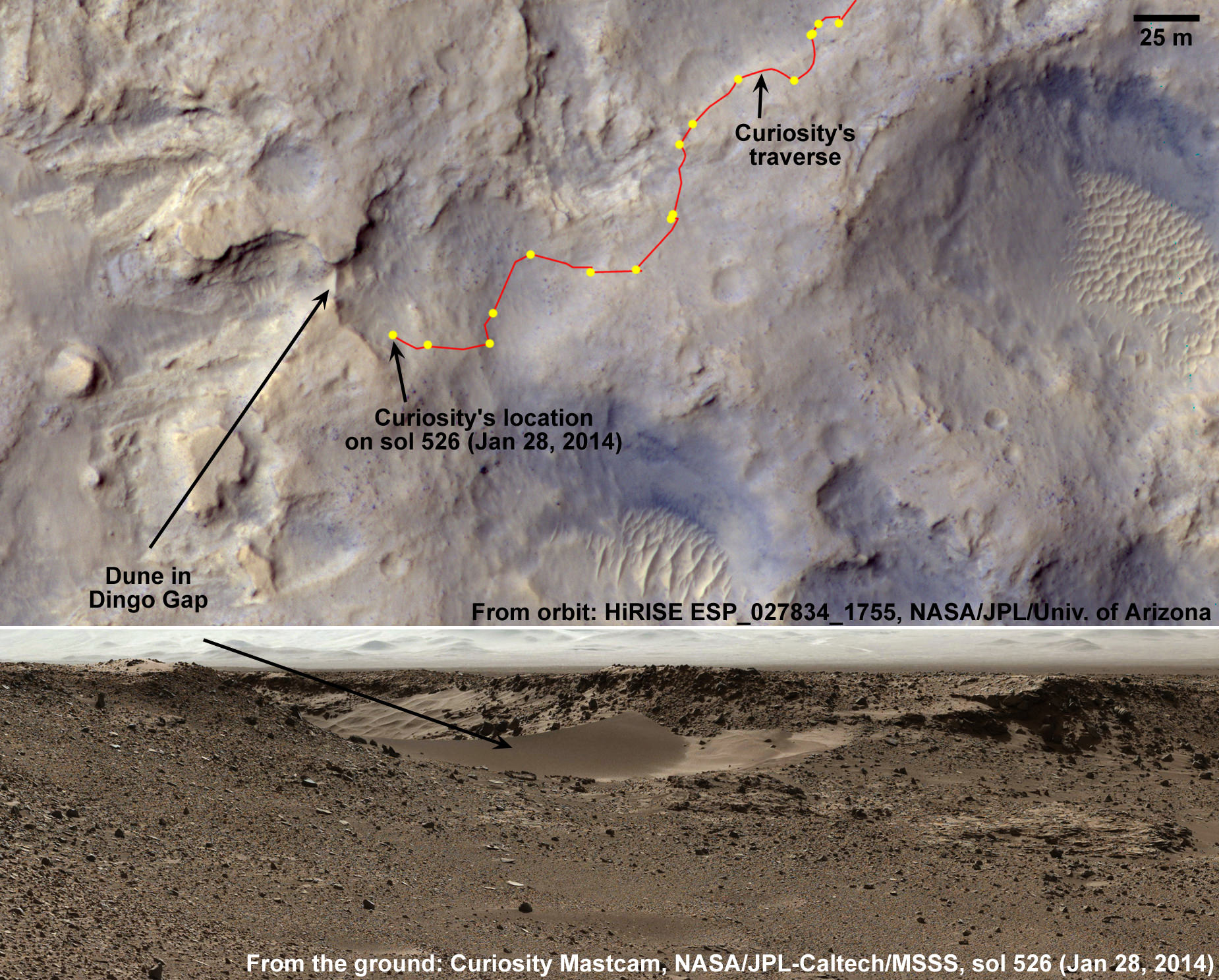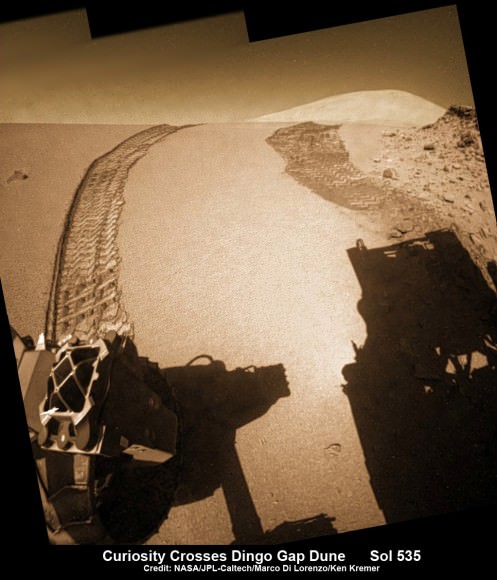I have a new exercise routine where I watch Star Trek: The Next Generation most mornings of the week while doing my thing. Besides serving as awesome distraction, the episodes do get me thinking about how humans would talk to extraterrestrials. It likely wouldn’t be as easy as the show portrays to zoom across space to conduct diplomatic negotiations at the planet “Parliament”, for example, so interstellar communication would be a problem.
Luckily for non-engineers such as me, there are folks out there (on Earth, at least) that are examining the problem of talking between stars. David Messerschmitt, of the University of California at Berkeley, is one of those people. A new paper by him on Arxiv examines the issue. Note this is a preprint site and not a peer-reviewed journal, but all the same it provides an intriguing addition to how to communicate outside of Earth.
Messerschmitt explains that humans already communicate with probes that are a fair distance from Earth (say, Voyager 1 in interstellar space) at radio frequencies, and there is some usage now of laser/optical communications (namely between the Earth and the moon).
Across greater distances, however, you lose information, the interstellar medium gets in the way, and stars shift due to relative motion. Besides all that, at first you wouldn’t know how the other civilization designs its systems and you could therefore send a message that wouldn’t be picked up.

He further explains that starships and civilizations would have different communications requirements. Starship communication would be two-way and based on a similar design, so success comes by having high “uplink and downlink transmit times”. The more information, the better it would be for scientific observations and keeping down errors.
Civilization-to-civilization chats, however, would present headaches. As with all diplomatic negotiations, crafting suitable messages would take time. Then we’d have to send the message out repeatedly to make sure it is heard (which actually means that reliability is not as big of a problem.) Then the ISM would have to be contended with (something that pulsar astronomers and astrophysicists are already working on, he said).
In either case — talking to starships or other civilizations — one can assume there’d be a lot of energy involved, he added. “Starships are likely to be much closer than the nearest civilizations, but the cost of either a large transmit antenna or transmit energy is likely to be considerably greater for the starship than for a terrestrial-based transmitter,” he said, suggesting that a solution would be to minimize the energy delivered to the receiver. Other civilizations may have found more efficient ways to overcome this problem, he added.
You can read more details of the research on Arxiv, where Messerschmitt talks about Gaussian noise, channel coding and other parameters to keep in mind during communication.




